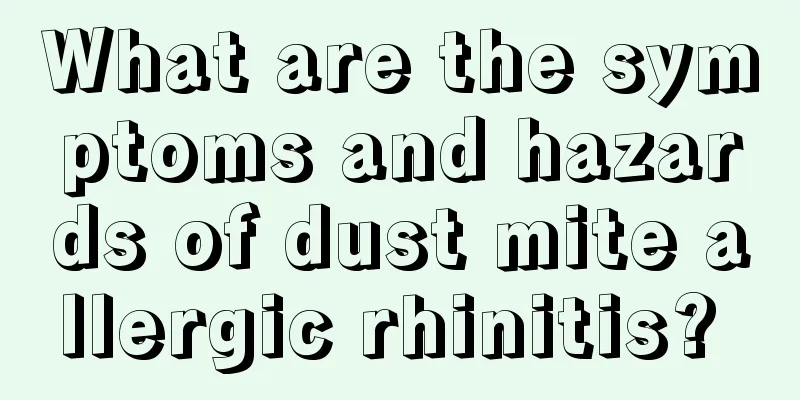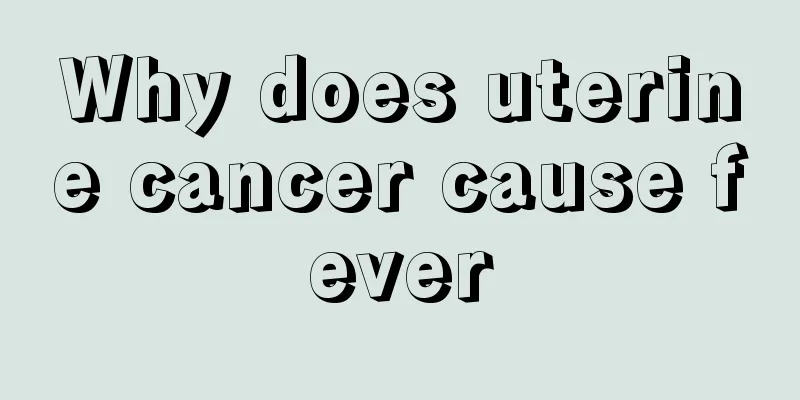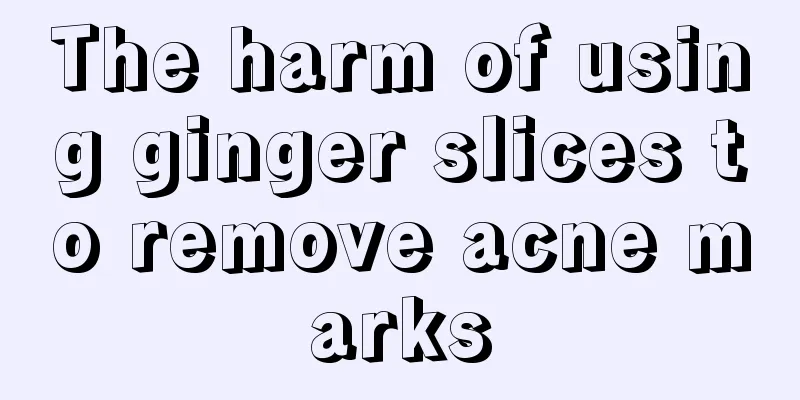What are the symptoms and hazards of dust mite allergic rhinitis?

|
Because of the change of seasons, many people's allergies begin to recur, not only skin allergies, but also allergic rhinitis. Most patients with allergic rhinitis are allergic to mites, dust, and catkins, which can cause allergic rhinitis. Dust mite allergic rhinitis will cause symptoms of nasal congestion, sneezing, and runny nose. Long-term illness will not only cause nasal congestion, but may also cause sinusitis, throat inflammation, asthma and many other complications. symptom 1. Itchy nose and continuous sneezing: There are often several paroxysmal attacks every day, followed by nasal congestion and runny nose, especially in the morning and at night. Nasal itching occurs in most patients, and sometimes itching occurs on the outside of the nose, soft palate, face, and external auditory canal. Eye itching is more obvious in seasonal rhinitis. 2. Nasal congestion: The severity varies, and it may be unilateral or bilateral, intermittent or continuous, or alternating. 3. A lot of clear nasal discharge: When the acute reaction tends to weaken or disappear, the discharge may decrease or become thicker. If secondary infection occurs, it may become a mucopurulent discharge. 4. Olfactory disorder: If it is caused by mucosal edema or nasal congestion, it is usually temporary. Those caused by persistent edema of the mucosa leading to atrophy of the olfactory nerve are mostly persistent. harm Allergic rhinitis is not just about runny nose, sneezing and nasal congestion. If it is delayed or treated improperly, it will cause many complications, such as asthma, sinusitis, pharyngitis, etc. So, what are the dangers of allergic rhinitis? Mild allergic rhinitis has no major impact on the patient's life, but moderate to severe allergic rhinitis has interfered with the patient's life, resulting in a decline in quality of life, affecting sleep, reduced work efficiency, poor academic performance, and entertainment, causing great distress to the patient. The symptoms of seasonal allergic rhinitis are more severe and occur at fixed seasons every year, making patients miserable. treat Desensitization therapy is also called specific immunotherapy or hyposensitization therapy. In 1997, based on years of understanding of the mechanism of specific immunotherapy and its clinical efficacy, WHO proposed a new term, specific allergy vaccination (SAV). SAV is a method of clinically identifying the allergens of patients with allergic diseases, making the allergens into allergen extracts and preparing them into preparations of various concentrations. The allergens are repeatedly injected or exposed to the patients through other routes of administration, with the dosage increasing from small to large and the concentration increasing from low to high, thereby improving the patient's tolerance to the allergen. When the patient is exposed to the allergen again, allergic symptoms will no longer occur or will be alleviated. |
<<: What medicine is effective for Yin deficiency and hyperactivity of fire
>>: What are the symptoms of autoimmune hemolytic anemia
Recommend
What are the reactions to acupuncture and moxibustion to treat diseases
When acupuncture is used to treat diseases, it is...
What are foods that can help weaning?
Recently, many pregnant mothers who have just giv...
Is it okay for milk powder to contain lactose?
For newborns, they cannot eat any food after birt...
What are the principles of pressure bandage?
Various traffic accidents occur every day. We all...
How to use essential oils
Many essential oils have their own unique effects...
What are the magical uses of lemon juice
Lemon juice is a common leisure drink in our dail...
What is the reason why there are so many mosquitoes at home in winter?
Every summer, the weather in most areas is very h...
Symptoms of alcohol allergy
Allergy is a very common thing in life. Due to di...
How to treat vaginal wall cyst
Pubic wall cyst generally refers to the growth th...
I often feel chest tightness and pain
Everyone is under great pressure in their daily l...
What should I do if my gums are swollen and painful and I can’t sleep?
There is an old saying that "toothache is no...
Diagnostic criteria for prostate cancer
Because the onset of prostate cancer is divided i...
What to eat to cure pituitary tumor quickly
In recent years, many of our friends have suffere...
Those foods that people with nasopharyngeal cancer should not eat
I don’t know if you have noticed that in recent y...
Are daffodils poisonous?
Narcissus is a kind of flower, and it is also a k...









